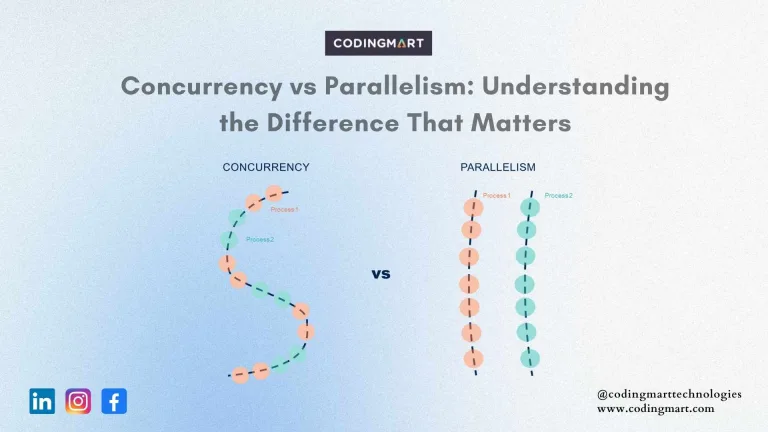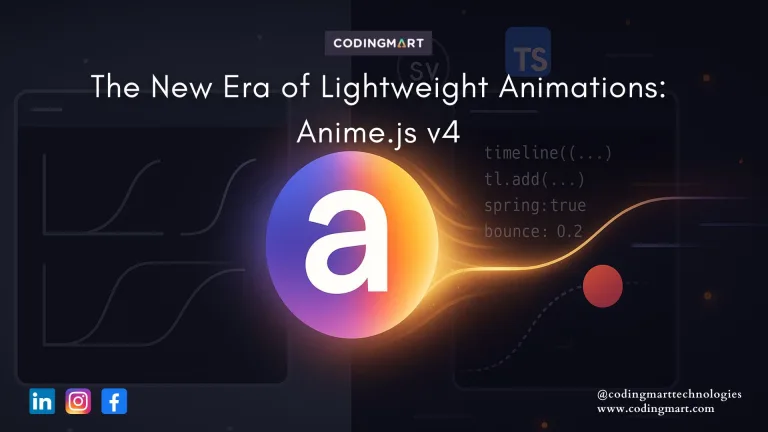blogs
Meet Svelte, the Front-End Framework Revolutionizing Web Development!

What is Svelte?
Svelte is not just another JavaScript framework; it’s a game-changer! Unlike traditional frameworks that run in the browser, Svelte shifts the heavy lifting to compile time, resulting in smaller bundle sizes and faster load times. Say goodbye to runtime overheads and hello to lightning-fast apps!
No Virtual DOM Overhead :
With Svelte, your web applications will fly! By generating highly efficient vanilla JavaScript code during the build process, Svelte ensures that your users get the best possible experience, no matter the device that they’re using. It’s time to supercharge your website’s performance! Svelte’s reactivity system works directly with the DOM, avoiding the need for a virtual DOM. This clever optimization reduces memory usage and eliminates costly reconciliation processes, making UI updates incredibly fast and efficient.
Declarative and intuitive :
Svelte’s declarative component-based architecture makes building UI components a breeze. Its simplicity and elegance allow you to focus on what matters most: creating excellent user interfaces without getting bogged down in boilerplate code. No more global CSS nightmares! Svelte’s support for scoped CSS ensures that your styles stay neatly contained within each component, promoting better maintainability and reducing the chance of style clashes.
Seamless state management :
Managing the state is a piece of cake with Svelte. You’ll love how effortlessly it handles state changes and keeps your components in sync. Say goodbye to spaghetti code and hello to clean and organized applications! While the component-level state is perfect for local data, you might need to share the state between multiple components or maintain global application data. For this purpose, Svelte provides the concept of a “store”, which acts as a centralized container for a shared state. Svelte’s stores, like writable and readable stores, help you manage global state effortlessly.
Binding State to DOM Elements :
One of the powerful features of Svelte is its two-way binding. You can easily bind state variables to DOM elements, such as input fields or checkboxes. This means any changes in the DOM elements automatically update the state, and vice versa. Say goodbye to manual event handling for form elements!
Add flair with built-in transitions :
Want to add some eye-catching animations to your app? Svelte has you covered! Its built-in support for smooth transitions and animations will make your UI come alive. When state changes, you can apply transitions to smoothly update your UI elements. This powerful combination of state management and animations provides a seamless user experience.
Why Svelte?
You might be wondering what sets Svelte apart from other popular front-end frameworks. Let’s take a closer look at some of the reasons why Svelte has been gaining traction in the web development community :
- Svelte is Compiled : Unlike frameworks that run in the browser and interpret code at runtime, Svelte compiles components into highly optimized JavaScript during the build process. This compilation step eliminates the need for a bulky runtime library, resulting in smaller bundles and faster load times for your users.
- Lean and Mean : Svelte’s minimalistic approach means it ships with just what you need to get started. There’s no need to add additional dependencies for basic functionality, which contributes to a smaller overall footprint.
- Performance-Oriented : With the rise of mobile and slower internet connections, performance is critical. Svelte’s compiled output is optimized for efficient rendering and minimal resource utilization, making your app lightning-fast and responsive.
- No Virtual DOM : While many frameworks use a virtual DOM for efficient updates, Svelte ditches this concept altogether. It leverages reactive programming and intelligently updates the DOM directly, avoiding the overhead of a virtual representation.
- Great Developer Experience : The clean syntax and intuitive reactivity in Svelte lead to a delightful developer experience. Writing code feels natural, and the framework stays out of your way, allowing you to focus on building great features.
Whether you’re a seasoned developer or just getting started, Svelte’s easy learning curve and incredible performance will make you wonder why you haven’t tried it sooner.
Ready to dive into the world of Svelte?
Start building your next-generation web applications today!


